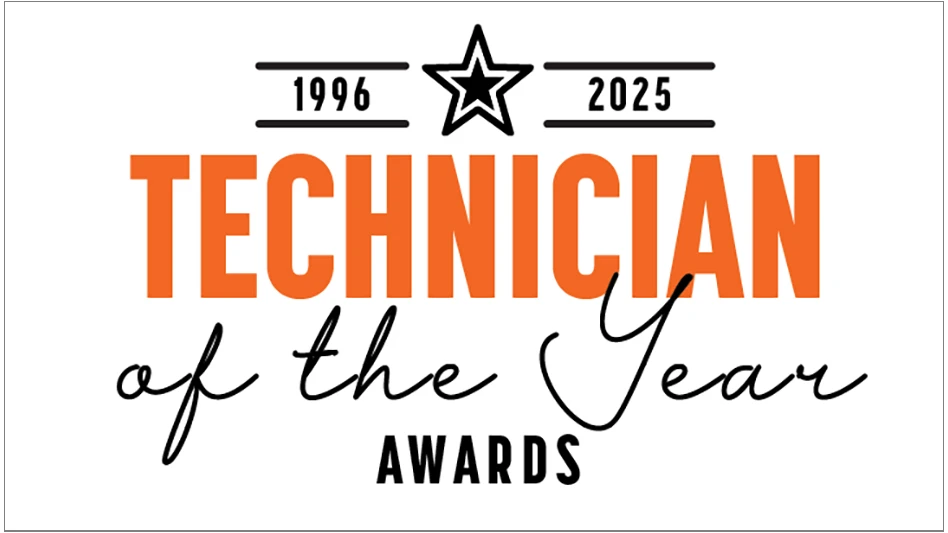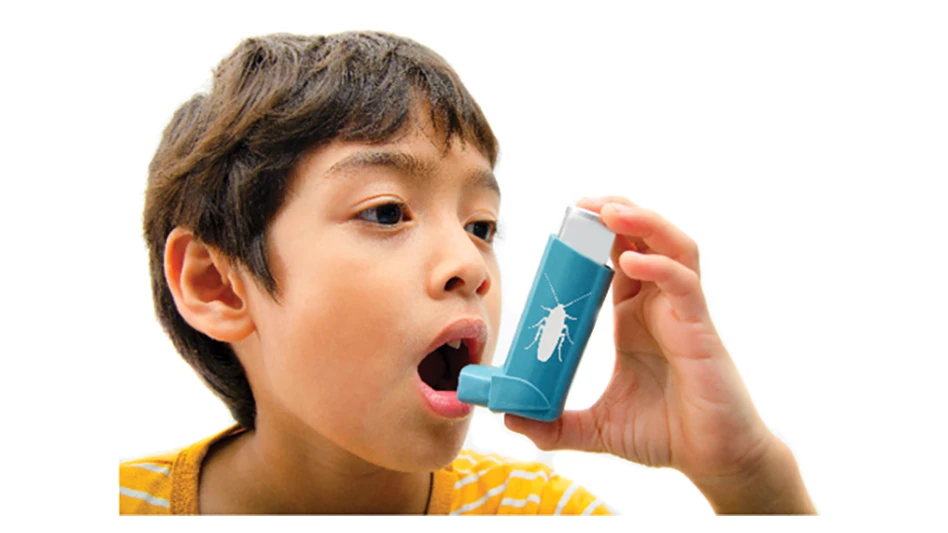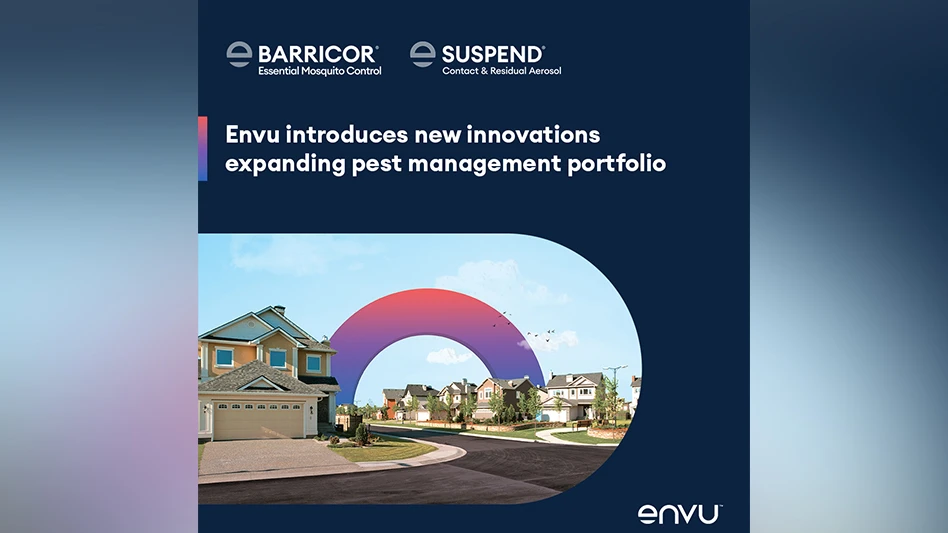
By Lisa Lupo
Technology is affecting all facets of life — personal and business, and the day-to-day work of the pest control industry is no exception. One of the most impactful of these is the wave of remote digital rodent monitoring systems being rolled out. Although the trend is relatively new in the United States, with many PCOs still in testing phases, there is no shortage of options, with at least six companies providing monitoring systems. (See Digital Rodent Monitor Product Profiles, below.) This is, at least in part, because the technology was originally introduced in Europe where it has been gaining ground for the last few years.
It was the phase-in of the EU Biocide Regulation in 2012, which set new limitations on the use of anticoagulant rodenticide products, that caused EU companies to seek alternatives to baits. “The EU made the decision a few years ago to phase out anticoagulants around customer sites, and that drove the need for something different,” said Anticimex Vice President Jens Peter Nielsen. Sweden-based Anticimex, which has been expanding throughout the U.S. since 2016, primarily through acquisitions, began using WiseCon digital monitoring systems in 2008. In 2017, the company bought out the supplier and now has more than 77,000 placements worldwide, but only nine in the U.S.
A key factor in that discrepancy is price, Nielsen said. Because of the cost of the systems, service is likely to be more expensive when they are used, but Europeans are willing to pay more because the monitors are a need rather than a want. That is, he said, “Europe is driven by regulatory compliance; in the U.S., it is driven by the will of the customer to add value.”
Burt’s Pest Control Owner Doug Foster, who has tested systems in two accounts thus far, also has seen some aversion to price. While the tests were well-received at both sites, only one opted to continue with the program once the test was completed. This was because, Foster said, “After about six months of testing, they saw a dramatic drop-off in mouse activity.” The other company said it would reconsider the systems at some point, but did not feel it was right for them now, partly because of price and partly because they did not have a severe rodent problem, he said.
Both Foster and Nielsen emphasized that the systems should not be thought of as stand-alone solutions, but part of an Integrated Pest Management program. In fact, Foster said, service at the test accounts also included worker and supervisor training with an emphasis on inbound product inspection and increased exclusion particularly around dock doors. “Between the three things, we saw six months with no rodent activity,” he said.
Ecolab Pest Elimination, which is testing the monitoring technology to manage rodents in the commercial sector, also sees the digital monitoring systems as just one tool to use in rodent elimination, said Senior Director of Marketing for North America Meg Carr. “This IoT, remote monitoring, can help give us insight, but it’s not the only thing,” she said. “It’s an extension in our toolbox to help deliver advanced elimination. We feel very strongly that it’s a tool and not the solution that fits as part of our science-based offering.”
One of the challenges this brings is managing the expectations of the customer and ensuring they understand how it fits into the overall program, she said. Not only does this mean increased customer communication — both on the front end and in reporting, but, Carr said, “We view it as a way for our service specialists to spend more time in areas that really matter, such as high-risk areas. So, we view the IoT as making us better at delivering outcomes as promised.”

It is just such reallocation of resources where IoT can provide the greatest benefits. New technologies are driving some of the biggest advancements we’ve seen in businesses, in general, over the last decade, said George Westerman, principal research scientist with the MIT Sloan Initiative on the Digital Economy. Business is becoming faster, more capable and more connected, enabling companies to “overcome the difficulties of the pre-digital age. Where we had to put manual efforts, we can now put automation,” he said.
NOTIFICATION. It is the very fact that the systems increase the ability for technicians to more efficiently use their time to deliver better outcomes that is causing PCOs to test and implement the systems despite the challenges. For example, RK Environmental President Hank Hirsch said the monitors can be placed in hard-to-reach areas that are difficult to access on a regular basis. And, wherever they are placed, they can serve as a set of “eyes” that notify technicians when an alert is tripped but they are not around.
But that notification also is a factor that is still being worked out by many PCOs. Does the client receive the alerts? Or just the technician? Or a supervisor? And, once notified, how soon must the trap be checked?
The answers are most frequently made based on discussion with the client and their preferences, although most of the PCOs noted that their own, and often the customer’s, preference was to notify solely the technician. While the alerts can be set differently for each client, Foster said, “We opted to have it just go to our phones, and going forward that will be part of the selling process.” Although some customers are more hands on, it’s not difficult to convince them they probably would rather not be awakened at 2:00 a.m. when an alert goes off.
Additionally, as Nielsen said, the equipment is not sold to the customer, rather it is sold as a part of the service. As such, he said, “We get the notification. We don’t want the customer to be worried that they have a potential rodent infestation. That’s our worry.”
Ecolab has found that many customers aren’t interested in getting the alerts themselves, Carr said. “Notification is only as impactful as the action you take to resolve it — that is, to eliminate the pest.” And, because the company will implement the systems globally, it has to adhere to different regulations for action and response required by different countries — and even different states within the U.S.
With its alerts and data, electronic rodent monitoring is particularly well suited to highly regulated industries, such as food processing, said Rentokil Steritech Vice President of Technical Services Judy Black. “The desire to remove captured rodents quickly is strong, based on food safety, regulatory authorities and third-party audits,” she said. “These types of facilities have been using data to verify pest management programs for years; electronic rodent monitoring enhances those efforts.”
SCHEDULING. As with any new service, there are decisions to make on the organizational fit. But rather than trying to make this new service fit your organization, you need to make your organization fit the service, Nielsen said. The “old model” is scheduling a set number of visits for technicians per day or week. The “new model,” he said, “is to set your organization to work with data-driven services.”
As such, Westerman (the MIT expert) cites three major ways a new technology can be used:
- You can do what you’re doing now, but a bit better.
- You can extend: Continue to do what you’re doing now, but incrementally improve.
- You can transform your processes, because the technology enables it.
In the pest control world, transforming processes not only means a change in how technician’s time is scheduled, but also in the skills that are needed by the technicians and administration. “Generally, there will be more callouts but fewer service issues,” Nielsen said. In the past, pest problems were generally detected because an employee saw something, or a problem was found, and the customer called the technician. But with the monitoring systems, it is the technician who calls the customer to say, “You have a potential problem, and I need to come out,” he said. Thus, he said, speaking as the customer: “Before I called the pest control company when needed; now the pest control company calls me to tell me it’s needed.”
In most cases, the PCOs determine needed response time by the sensitivity of the site. For example, an alert from a sensitive area in a health-care center or food plant could elicit an immediate response within a few hours. An alert sounded from a perimeter trap might be less of an emergency, but most customers tend to still prefer a response within 24 hours.
CONNECTIVITY. Even once the notification and scheduling questions are answered, however, there can be challenges in some facilities with connectivity. This is particularly an issue in food and beverage facilities that have highly complex environments, lots of equipment and thick walls. “There are still challenges in networking connectivity,” Carr said, and that lack of connectivity can lead to performance challenges. “The technology needed to catch up to reliably connect to the cloud,” she said. “However, recent equipment advances suggest an attractive opportunity to identify and leverage the perfect system.”
Foster has seen similar issues in connectivity. “One of the biggest challenges was the initial set-up which took quite a bit of time to determine where to set it up,” he said. A lot of buildings are steel and concrete, so determining applicable placement for the router and hub created some issues. “It takes a lot more work than determining where to set the traps,” he said.
Additionally, as beneficial as the monitors can be with their alerts and scheduled response time, the system does not completely alleviate the need to check the traps, Hirsch said. Traps are often subject to damage or movement by forklifts, sanitation crews or housekeeping, and technicians need to regularly check, reposition and clean traps as needed. Depending on the system, such movement also can trigger a false alert, causing an extra visit to check and reset the trap.
Having piloted remote monitoring in food manufacturing and distribution facilities for five years, Hirsch also has seen price to be a challenge. Although clients like the system they sometimes see them as more beneficial to the service provider than to themselves, so they don’t want to take on the extra expense.
Because such systems do not reduce time in the account for the technician, Hirsch said he does not see the ROI for the industry — yet. “I do think it has its place in the future of IPM in food plants,” he said. “I’m excited about the technology, I just don’t think it’s where it needs to be yet.”
AN OPTIMISTIC OUTLOOK. Despite the challenges, the overall feeling about digital rodent monitoring is tending toward the positive — by both pest control companies and customers.
“While the Internet of Things (IoT) is still a relatively new category of technology, many of our clients have been looking for ways to leverage more technology, to make better business decisions, continue to improve client satisfaction, have more proactive solutions and protect their brand,” Black said. Additionally, she said, “It allows them to think differently about the possibilities as it relates to more connected pest control, the automation of captures, in-depth reporting and more proactive pest management programs.”
“The customer likes it because it gives them a ‘security blanket,’” Foster said. “Besides my eyes, there is 24/7 monitoring in the facility.” By placing the monitors in areas where they didn’t usually expect to find mice, such as drop ceilings, the IT room, maintenance area and offices, they were able to detect unexpected activity, he added. “No one had thought to look in those areas before.”
Foster also says the systems save time for technicians — time that can then be spent providing more value by offering services such as inspecting product, training staff what to look for, and making recommendations when trucks are unloaded. And, he said, “I think the price will come down some, although not a lot initially because the companies have so much invested in R&D.”
Westerman also noted both the time value that can be attained with technology and the tendency for prices to drop. By eliminating manual monitoring, a firm can rethink what technicians do. “It allows the use of people only where necessary to do what only people can do — and makes their jobs better,” he said. Too, time has proven that technology decreases on a regular scale, so that what is expensive now will be half the cost in a year or two. “So you can wait, but you need to stay on top of it.”
Citing Bill Gates, Westerman added, “We tend to overestimate what will happen in two years and underestimate what will happen in 10 years.” IoT has moved rather slowly in the past, but it is picking up speed, and beginning to move very fast. In fact, he envisions it escalating past monitoring triggers to camera tracking.
Westerman likens the adoption of new technologies with the emergence of caterpillar into a butterfly. You have to be willing to change, he said. Too many companies think “fast caterpillar” instead of striving for the flying power of the butterfly. “You have to realize that at least one competitor will change and you will be left behind,” he said. “Think beyond doing what you’re already doing and how you can do things differently.”
And the benefits of new technologies and innovation implementation go far beyond the person or firm developing them, he said. “Evidence from competitive industries shows that creating standards allows boatloads of information across industries.” That, then, allows for further innovation and, he said, “enables a whole wave of functionality we never dreamed of.”
“The greatest benefit to the customer and pest control provider is being fully preventive,” Anticimex’s Nielsen said. He compared the evolution of the digital rodent monitoring systems to that of building security systems. In the past, companies would hire a security person to walk the facility on a scheduled route, checking doors, windows, etc. “No one is doing routes anymore. It’s all monitored with better security systems. It’s the same with pest control.”
Although most PMPs say they are providing prevention today, if service is provided on a monthly basis, an account could potentially have an issue for 29 days. “It is changing the paradigm because we, as an industry, will become proactive instead of reactive by interpreting the data,” Nielsen said. “And that data can then be used to improve the system. The more data we have, the more potential problems we can address. It’s a truly preventive solution.”
The author is editor of PCT’s sister publication, QA magazine. Email her at llupo@gie.net.

Explore the August 2018 Issue
Check out more from this issue and find your next story to read.
Latest from Pest Control Technology
- How to Get Rid of Odorous House Ants
- Massey Services Promotes Herndon to Director of Sales for Multi-Family Division
- NPMA Announces First Recipients of NPMA PRO Certified Credential
- Pestmaster of the Hudson Valley Acquires Catskill Animal Damage Control
- Photo Slideshow: Ant Identification Tips
- Video: Top 10 PCT Photo Contest Finalists
- UF/IFAS Study Reveals Boats as Perfect Vessels for Global Termite Spread
- Pest Control Consultants (Iowa) Earns Pinnacle Performance Award






